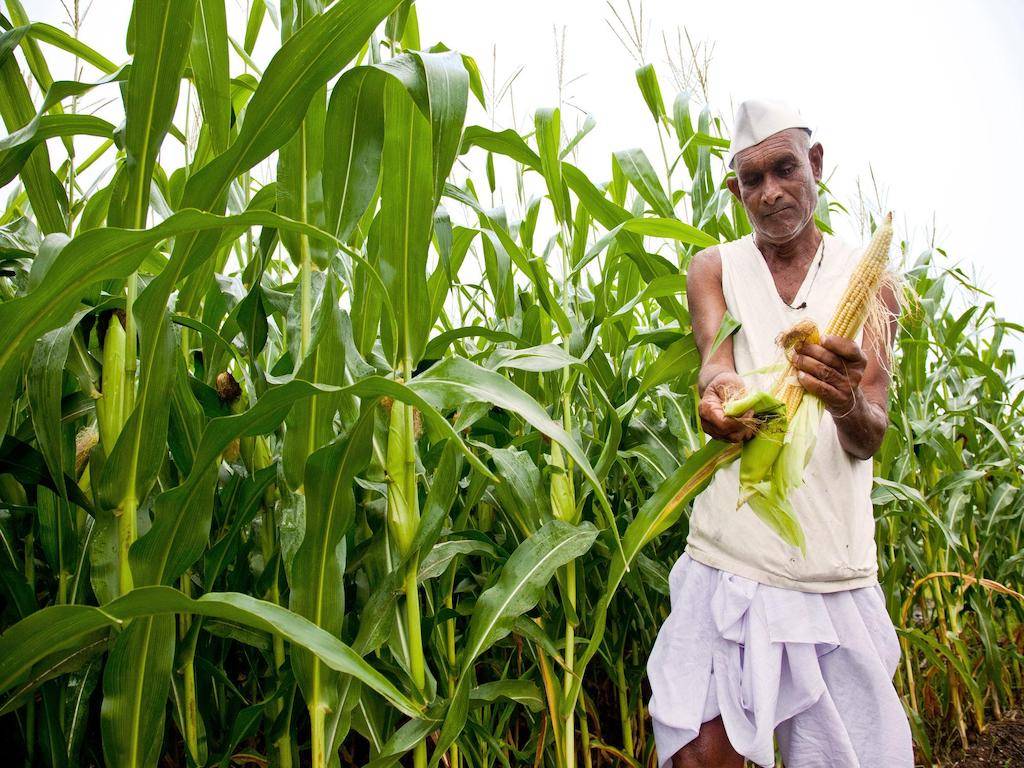
According to Niti Aayog member Ramesh Chand, growth in agriculture will likely exceed last year's growth in crop prices and predicted regular and well-distributed monsoon in FY22. "Except for a few, at state level little or no advances to implement agricultural policy and marketing systems reform are evident, he stated in an interview. This is a major blow to the aim of doubling FY23's income for farmers."
Chand also made it clear for the first time that local research should be focused on achieving the same level of production with non-GM technology, given public sensitivity to genetically modified (GM) food in the country as did many other countries.
Extracts:
Even when economy is hit by Covid-19, agriculture remains a positive aspect. How do you envisage the performance of the farm sector in FY22 when a number of countries imposed lock-downs following the second wave of the pandemic?
The lock-down in May did not impact farm sector significantly because very little economic activity exists in the agriculture sector from the latter week of April until mid-June.
Positive aspects, as observed earlier, are expected by the substantial rise in domestic and international prices of several commodities in agriculture, to enhance trade terms for agriculture in FY22.
The effects on acreage and production are highly favourable. Also, it is forecasted that monsoon is going to be normal. This year's agricultural growth will probably be better than in FY21 (3 percent as per second advance estimate).
Will the agricultural pattern change, especially for crops whose demand dropped due to lock-down?
The pattern of agricultural production must change for pulses & oils in the kharif season, as prices are increasing in relation to other crops.
Will it impact on Kharif sowing, particularly in terms of labour accessibility, with the second wave of Covid affecting mostly rural India?
Labourers are moving from the metropolitan areas to the rural areas throughout the country. Lockdown has also harmed rural non-farm enterprises which make such untrained workers available for farm labour. Overall, the availability of workers will not affect the industry.
Given the relatively tiny portion of GDP in agriculture, how would it impact livelihoods when real estate professionals affected by Covid are also involved in farming?
In FY 21, farming's GDP contribution grew to 20%, mostly due to negative growth in other sectors and regular farm growth. Agriculture and construction together supply 61% of rural people with employment and they are mostly intact in rural India.
Special attention must be paid to the livelihood of migrants returning to their homes in rural areas and the informal workforce.
Only a year remains to meet the objective of doubling the income of farmers. Where do we stand?
Among the seven sources highlighted in Niti Aayog's policies paper for achieving the aim of doubling farmers' incomes, better price realisation for farmers and diversification towards high-value crops were listed.
The policies and marketing changes necessitated these measures, including direct marketing, contract farming, e-trading, special food and vegetable treatment in APMC legislation, private mandis, etc.
Except for a few states, progress on agricultural policy reform and marketing system at state scale is minimal or no. The objective of doubling farmers' incomes through FY23 is a major setback.
Despite a good recommendation by Niti Aayog a couple of years ago, there was no progress towards permitting GM crops. There's some hope?
Gm crops have various benefits, although some countries have far higher yields than India in non-GM kinds. Given public sensitivity to GM foods, we should use other technologies in our research and development to attain the same aims as GM crops in some nations. This can be done.
What can be done in food policy management with the continuing surplus in rice and wheat output, as the government has seen an increased and tremendous fiscal strain on maintaining and disposing of more stocks?
India currently produces more than local demand for rice and wheat. Unless we are able to export it, we should absolutely not waste resources on extra production. Support for the policy is increasing progressively to pulses and oils. We need to balance rice and wheat with other crops in order to attract farmers to either pulses and oil or fruit and plants to move some of those grains away.
Can payment support on fertiliser be transferred directly into farmers' bank accounts rather than manufacturing ones? How quickly can this be expected?
It's doable, of course. The Ministry of Fertilisers has already done some groundwork towards this goal. The issue of fertiliser use in Indian farming is more related to the subsidy structure (which is urea-friendly) than the way it is supplied.
Source – Financial Express

















